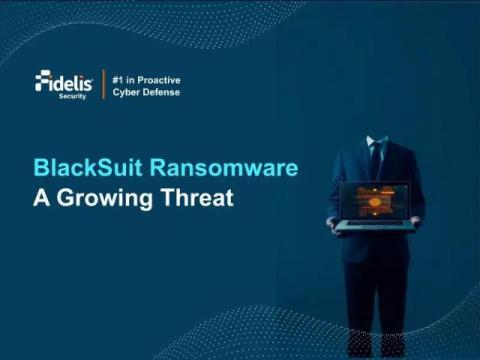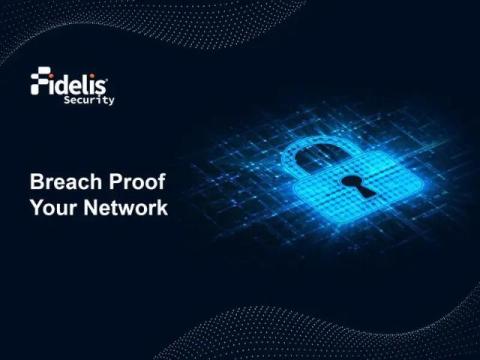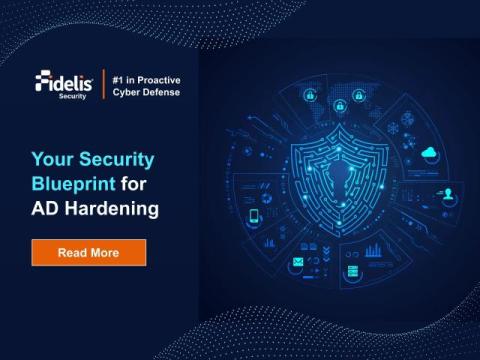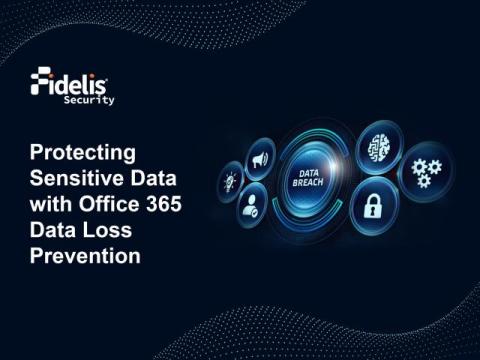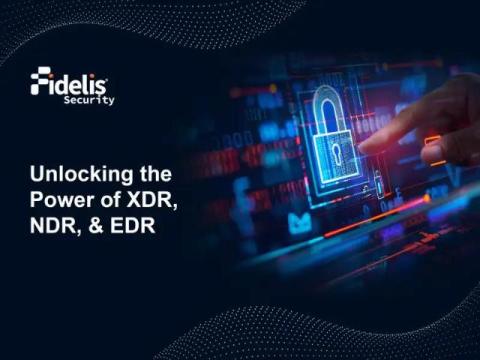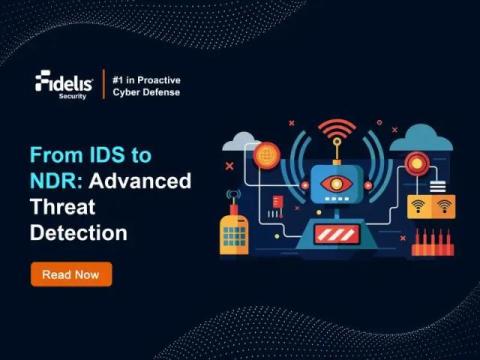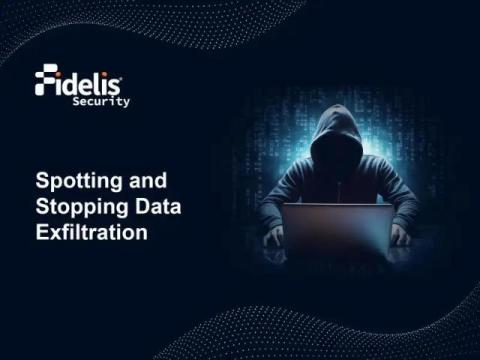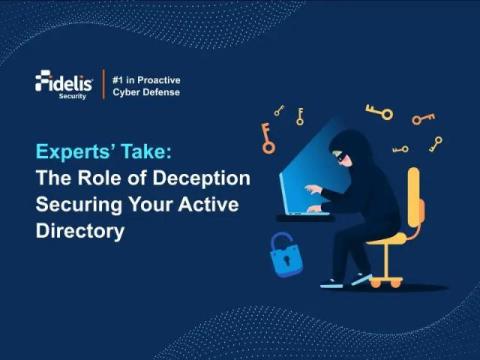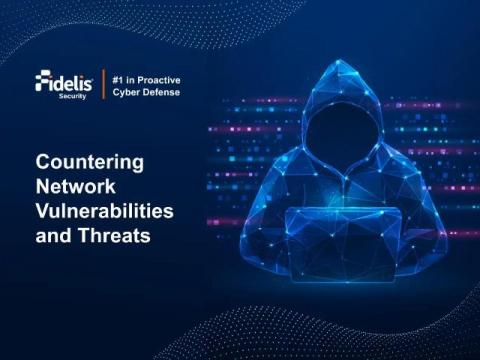Best Practices for Preventing BlackSuit Ransomware Infections
Are you confident that your security tools are foolproof? Think again. BlackSuit ransomware is exploiting overlooked vulnerabilities, slipping through defenses even in 53 well-protected organizations. This isn’t just another cyber threat—it’s a sophisticated adversary that rewrites the rules. Your firewalls, antivirus, and strict protocols might not be enough to stop it. BlackSuit is engineered to find gaps you didn’t know existed, bypassing even advanced security postures.


